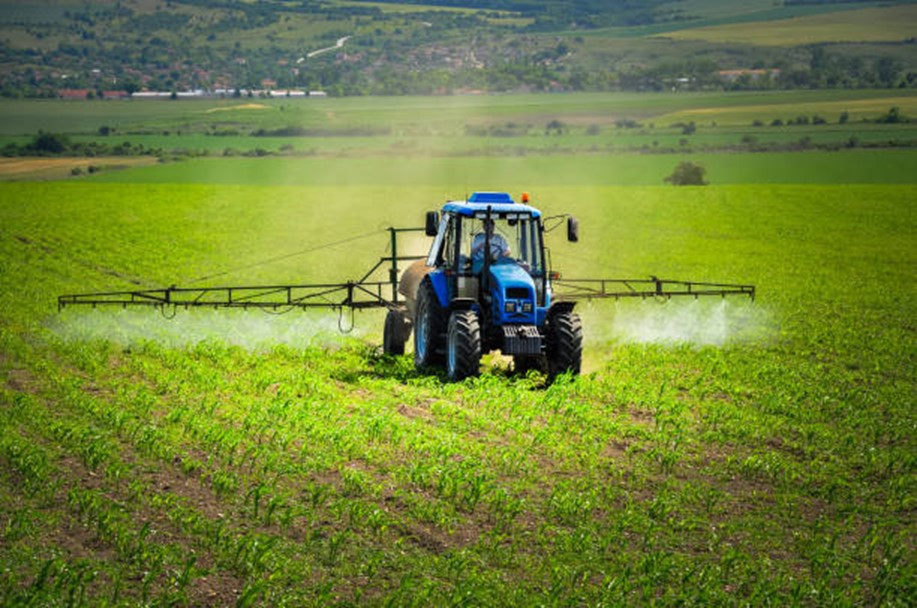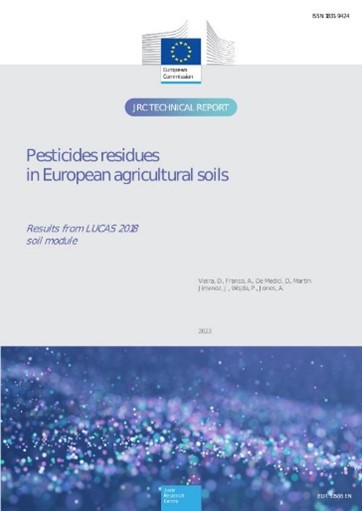Pesticides residues in European agricultural soils - Results from LUCAS 2018 soil module

Preamble
The use of plant protection products has been identified as a key factor contributing to the increased food production. Nonetheless, several human-health and environmental concerns have been raised regarding the widespread use of such products.
Currently in the EU, there are approximately 450 active substances that are approved for use in plant protection products. Nonetheless, only a generic fate and behaviour profile is known which cannot capture the variability of factors influencing their application, transport and degradation in European soils, also due to the lack of a systematic monitoring system of pesticides residues in soils at the EU level. Moreover, several research studies identified that current regulation and monitoring efforts in the soils of the EU may not be sufficient.
LUCAS survey
The LUCAS 2018 survey has been used to test its suitability as a monitoring platform for such assessment given its geographical coverage, systematic sampling and laboratorial procedures across Europe.
The main aim of this study is to provide a comprehensive characterisation on the extent of residues of active ingredients from pesticides in the soils of the EU. In addition, the report aims to provide evidence as to whether current legislative instruments are efficient tools to address human-health and environmental concerns, but also future ambitions within the European Green Deal.
Results
Resulting data included pesticide residues incidence, concentration and their spatial distribution, which were analysed against a set of independent variables and previous local pesticide residues exposure assessments. Moreover, pesticide residues concentrations were compared to ecotoxicological data collected by the European Food Safety Authority (EFSA) and other sources, by means of a novel ecotoxicological indicator to characterise the potential risk to soil organisms and evaluate potential regulatory implications.
Pesticide use and residues in soils appear to be widespread in the European agricultural lands, with most of the sites showing the presence of mixtures of substances. Additionally, an indicator of the ecotoxicological impact for soil organisms was developed, identifying areas at higher risk (1.7%). The analysis also showed an increase in ecotoxicological risk when compared with a previous assessment (comparing 2015 with 2018). Finally, the study shows that existing regulations on the sales of pesticides could not prevent the presence of banned and non-approved substances in EU soils.

The results from the 2018 LUCAS Survey can be found in the JRC Publications Repository of the European Commission.
EmConSoil coordinator
- Address
- Stationsstraat 110
2800 Mechelen
Route and accessibility - Telephone
- +32 15 284 284
